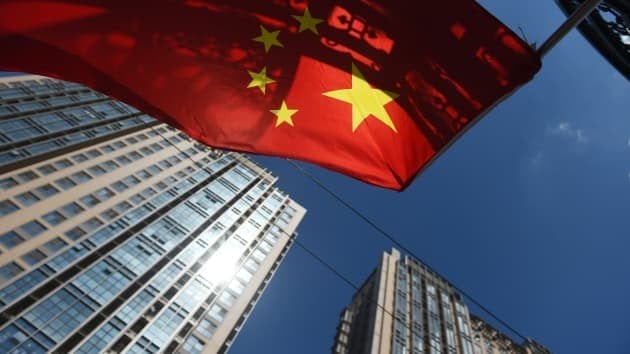 |
| China's economy is likely to continue growing at 5% in 2023 - an impressive growth rate by international standards. (Source: Getty) |
Recently, the Project Syndicate news network published an analysis by Professor Yang Yao of the China Economic Research Center at Peking University.
According to this professor, China's economy in 2023 was disappointing, to the point that some observers said the country had passed its peak growth period and started to decline. However, it is too early to rule out the resilience of the world's second-largest economy.
Impressive growth
In early 2023, the lifting of “Zero Covid” restrictions sparked optimism in China, reflected in soaring consumption. But the economic picture has darkened significantly, with the second quarter of 2023 seeing declining exports, dismal retail sales, weak corporate profits, cuts in local government spending, and weakness in the real estate sector.
Domestic business confidence is at rock bottom, and foreign companies are worried. In November 2023, China recorded negative net foreign direct investment (FDI) for the first time.
However, Professor Yang Yao said that the world's second largest economy is likely to still achieve a growth rate of 5% in 2023 - an impressive increase by international standards.
More importantly, the professor assessed, China's economy still has a lot of "fuel in the tank": Record-high savings rates mean the country has cheap financial resources for investment and innovation.
China has invested heavily in technologies such as renewable energy, electric vehicles and artificial intelligence – all of which will shape the global economy for decades to come.
The country is also developing capabilities in emerging technologies such as nuclear fusion, quantum computing, quantum communications, and photonic semiconductors. This type of strategy can be effective, as evidenced by the economic success stories of many countries, such as Japan in the 1970s and 1980s.
However, China also faces headwinds for growth. Geopolitical tensions, especially US-led efforts to “decouple” the economy from China, are slowing FDI inflows into the country, prompting companies to diversify production.
But instead of leaving the market altogether, many foreign companies are opting for a “China+1” strategy, opening new facilities in third countries while maintaining operations in the world’s second-largest economy.
The reason is simple. The Chinese market accounts for 30% of global manufacturing value added, equivalent to the combined share of Germany, Japan and the US. As a result, the country still offers companies a particularly large cost advantage.
With the addition of excess capacity, China’s manufacturing sector will continue to thrive. Indeed, the ultimate goal of the US “decoupling” effort is to offshore Chinese manufacturing capacity beyond what Japan has done since the 1980s.
Likewise, the negative impact of demographic trends on long-term growth is overstated. It is true that China is experiencing an aging and shrinking population. But as artificial intelligence (AI) can drive automation in more and more sectors, productivity will rise and the need for labor will decrease.
Together with improvements in education, this would more than compensate for the decline in the workforce, even creating the opposite problem of too few jobs.
 |
| The central business district of Shenzhen, China. (Source: China daily) |
New development drivers
Next year, according to Hong Kong's China Commentary Network, the world's second largest economy could easily "conquer" its 4.5% economic growth target.
However, China still faces great difficulties and challenges. On the one hand, the world trade system is currently fragmented and cut into different parts by regional free trade areas.
It can be said that this is the use of new methods to restrain the development of international trade by trade protectionism.
On the other hand, the international environment continues to deteriorate, while geopolitical relations are becoming more serious and complicated, which will also conflict and hinder the development of world trade. Therefore, the country needs to focus on doing a good job of prevention and building a scientific development plan, focusing on the following key tasks:
First, be loyal to the domestic market and build the domestic market into a large and unified common market. China is not only a populous country, but also a large consumer market in the world. Solving the problem of meeting people's consumption needs well can promote the world's second largest economy to continue to grow sustainably.
Second, be strong in exports but absolutely do not be subjective and need to focus on solving the problem of upgrading products. Currently, the export of electric vehicles of all kinds is becoming a "new bright spot" in China's international trade.
However, the development of the electric vehicle industry also has its own rules. When the marginal cost (total cost to produce the product) of the main components in electric vehicles is getting higher and higher while the marginal efficiency is getting lower and lower, the development will encounter a "bottleneck effect" (stagnation and contraction).
The key to solving this problem is to rely on scientific and technological innovation to drastically reduce the production cost of batteries and other important components of electric vehicles. At the same time, we must apply more practical and effective measures and seek new driving forces to promote development.
Nowadays, with the rapid development of the gas industry, hydrogen and methane are gradually becoming new energy sources. In a broader perspective, carbon dioxide is not a pollutant that causes climate warming, but a new renewable energy source.
Hong Kong's China Commentary Network (China) stated: "If these gases are well utilized and a new gas industry is created, China's economy will have a new driving force for development. Photovoltaics (solar power) is not a new technology and the country has accumulated a lot of experience in manufacturing equipment for this field."
Source










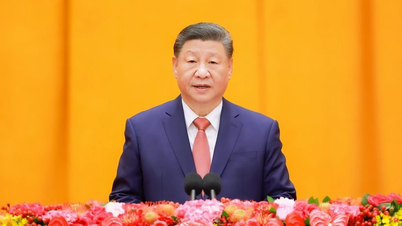

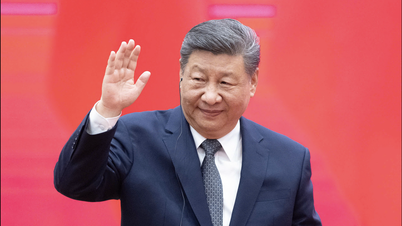



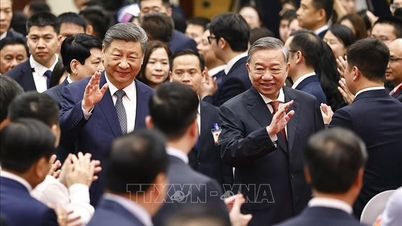

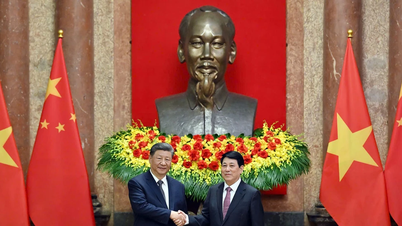












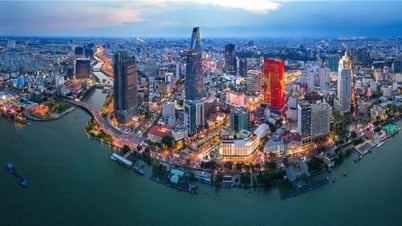





![[Photo] Prime Minister Pham Minh Chinh and Prime Minister of the Kingdom of Thailand Paetongtarn Shinawatra attend the Vietnam-Thailand Business Forum 2025](https://vphoto.vietnam.vn/thumb/1200x675/vietnam/resource/IMAGE/2025/5/16/1cdfce54d25c48a68ae6fb9204f2171a)
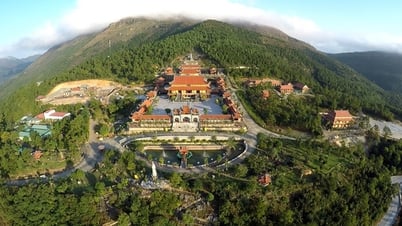






















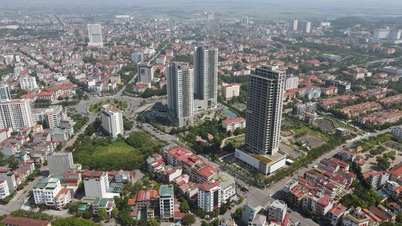









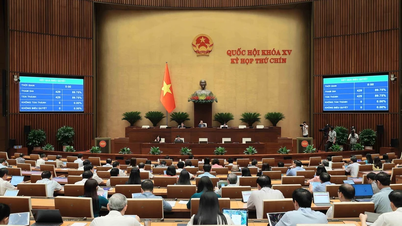
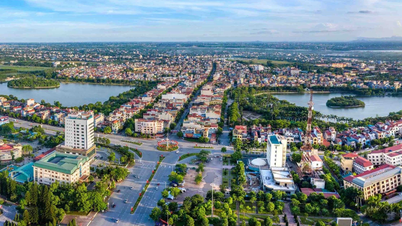




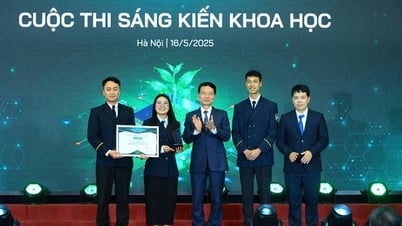


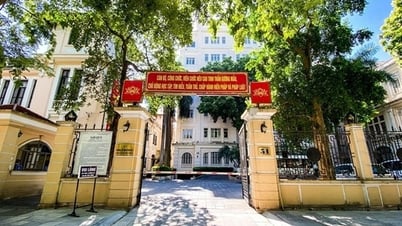
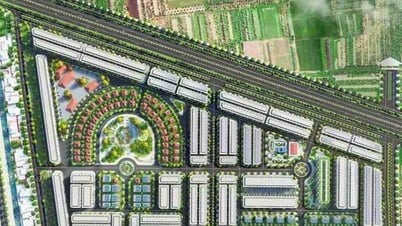








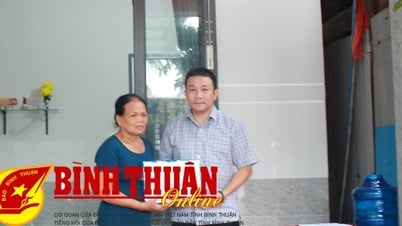

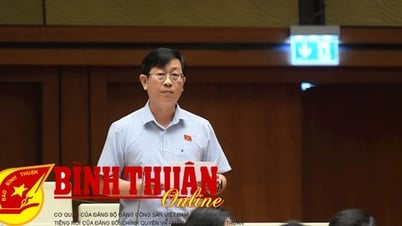











Comment (0)